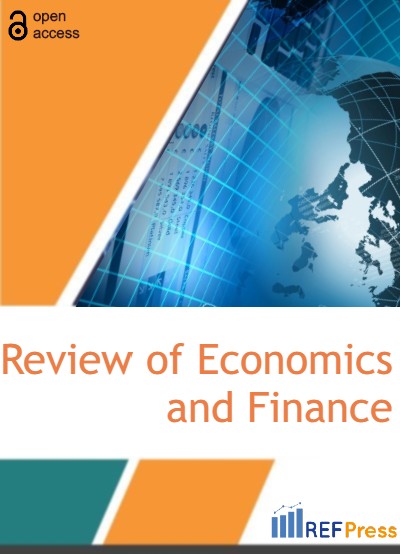
Exchange Rate Determinants & Exchange Rate Risk Hedging: An Empirical Study Applied on the Case of a Tunisian Company
(Pages 740-762)Wissal Kerkeni1, Youssef Ben Daoued2, Malek El Ouni3 and Syrine Ben Romdhane4,*
1PhD Student in Finance, BESTMOD – Lab, Higher Institute of Management, University of Tunis.
2PhD Student in Techno-Economic Analysis, BESTMOD – Lab, University of Ghent, Belgium.
3Master’s degree in Decision Information Science and Technology, LARODEC-Lab, Higher Institute of Management,
University of Tunis.
4PhD in Finance, Assistant Professor, BESTMOD – Lab, Higher Institute of Management, University of Tunis.
DOI: https://doi.org/10.55365/1923.x2022.20.84
Abstract:
The aim of this paper is to propose an appropriate method that could assist decision-makers in the finance department responsible for hedging against the exchange risk yielding a better strategy to shield the company from the undesired scenarios of loss. Our research interrogation related to an intelligent solution devoted to the minimization of the currency risk incurred by our Tunisian studied Holding when trading on the foreign exchange market. The study focused on the four most involved currencies in the Tunisian and Foreign trading market: USD, EUR, GBP, and JPY. Our sampling period runs from January 03, 2011 to June 30, 2021. First, the results suggest that the key interest rate and the foreign exchange reserves are most determinant variables compared to the other variables. Second, we present a feasible procedure to hedge against currency risk consisting of five steps, through a developed Artificial Intelligence based program, a correlation analysis and the Temporal Causality Model. Finally, we create our different hedging scenarios and the desired exchange rate is forecasted for a period (from 1 month to 12 months). Based on the forecasted exchange rate values, the studied Holding is able to conclude the most advantageous forward hedging contract by choosing the term of the contract at which the exchange rate level is the most profitable rate according to its position in the market.
Keywords:
Artificial Intelligence, Exchange rate, Forecasting, Risk hedging, Temporal Causality Model, VaR model.
JEL classification:
C15; C30; C53; C55; E17; E47; F31
How to Cite:
Wissal Kerkeni, Youssef Ben Daoued, Malek El Ouni and Syrine Ben Romdhane. Exchange Rate Determinants & Exchange Rate Risk Hedging: An Empirical Study Applied on the Case of a Tunisian Company. [ref]: vol.20.2022. available at: https://refpress.org/ref-vol20-a84/
Licensee REF Press This is an open access article licensed under the terms of the Creative Commons Attribution Non-Commercial License (http://creativecommons.org/licenses/by-nc/3.0/) which permits unrestricted, non-commercial use, distribution and reproduction in any medium, provided the work is properly cited.
